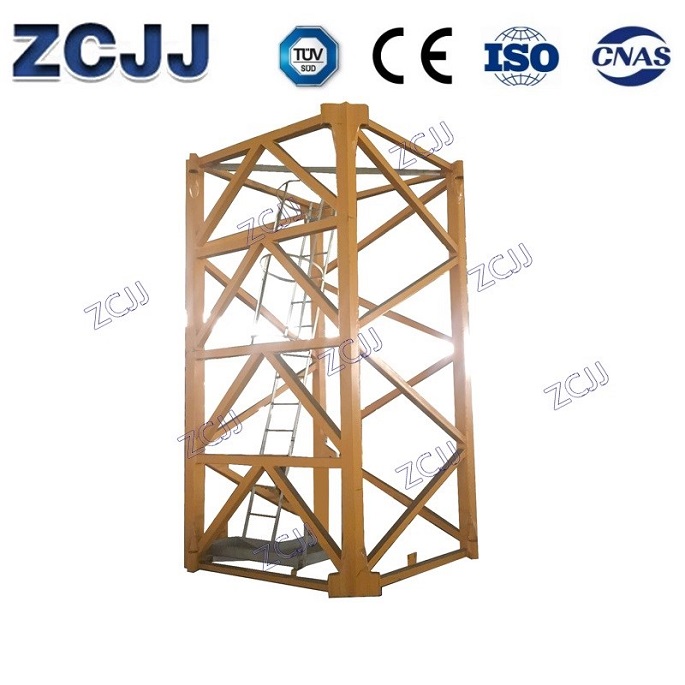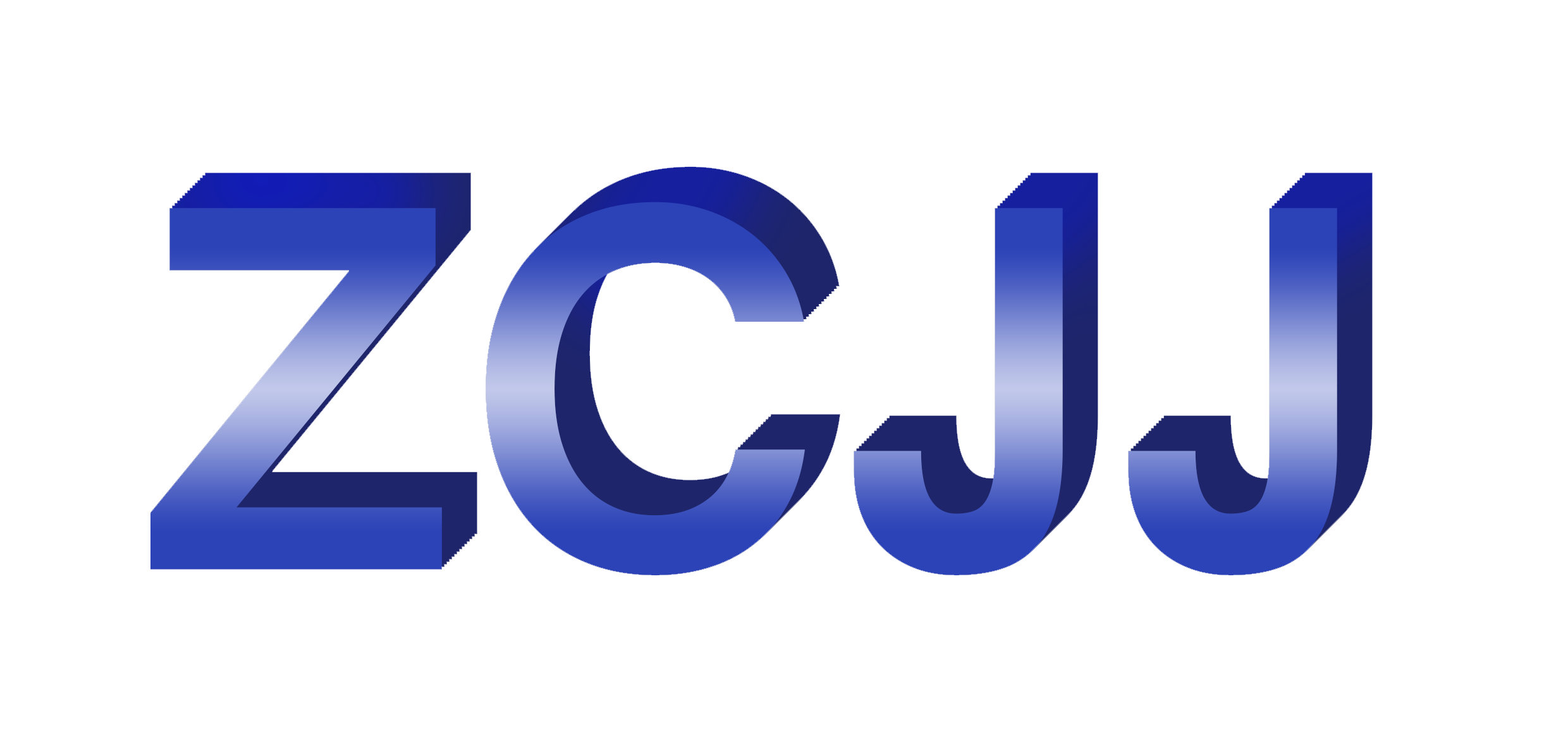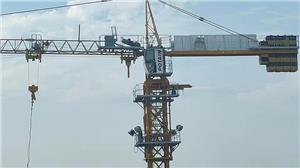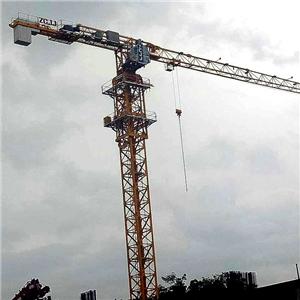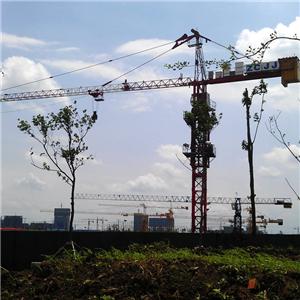256HC Mast Section Type of tower crane overload limiter and safety technical requirements
The overloading operation of the tower crane will produce excessive stress. It can cause the cable cable to break, the transmission parts to be damaged, and the motor to be burned. Due to the relatively insufficient braking moment, braking failure will result. Overloading is very harmful to the structure of the tower crane, which will not only cause the deflection of the main beam of the tower crane, but also cause instability, cracks or weld welds on the upper cover and ventral plate of the main beam, and will cause the tower crane frame or the tower body. Break and other major accidents. Due to the overload of the overall stability of the tower crane, it is possible that the tower crane collapse and other vicious accidents.
256HC Mast Section 256HC mast section good at in this field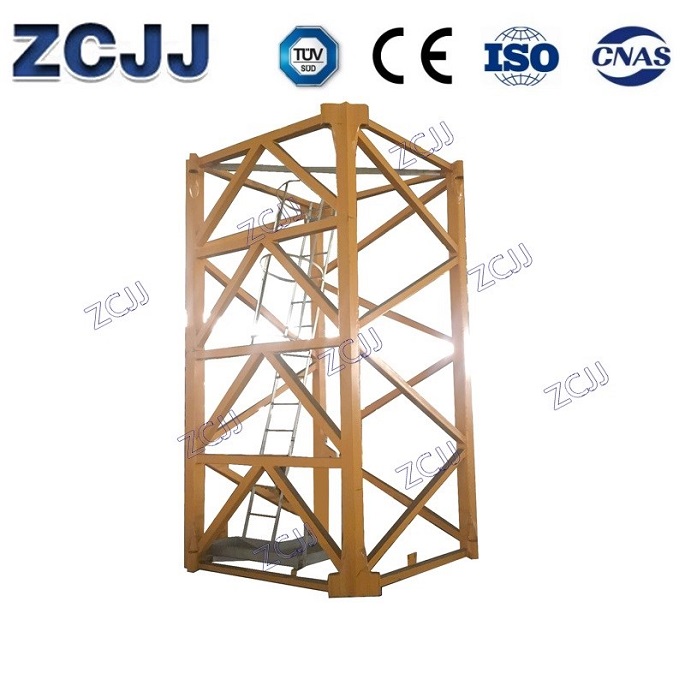
Bridge tower hoists with a rated weight greater than 20 T, door tower hoists, loading and unloading bridges, railway tower hoists, and gate tower hoists larger than 10 T should be equipped with overload limiters according to the provisions of GB6067-85 Safety Regulations for Tower hoisting. Rated gravity moment less than 250 KN? M lifting towers and lifting equipment such as lifts and electric gourds should also be equipped with overload limiters as required by the user.
(I) Type of overload limiter
1. The overload protection device can be divided into automatic stop type, alarm type and comprehensive type according to its function.
Automatic Stop Type: The overload limiter can stop the tower crane from continuing in an unsafe direction when the lifting weight exceeds the rated lifting weight, while allowing the tower crane to move in a safe direction. The safety direction refers to the drop of the suspension, the contraction of the arm frame, the reduction of the amplitude, and the combination of these actions. The automatic stop type is generally a mechanical overload limiter, which is mostly used for tower lifting.
Alarm type: The overload limiter can display the weight and can send out the sound and light signal of the alarm when the weight reaches 95 % to 100 % of the rated weight.
Comprehensive: The overload limiter can send out an alarm sound and light signal when the tower crane reaches 95 % to 100 % of the rated lifting weight. When the lifting weight exceeds the rated lifting weight, it can stop the tower crane from continuing in an unsafe direction.
2. The overload limiter can be divided into three types: mechanical, hydraulic and electronic. Mechanical overload limiters have levers and tactics.
The overload protection device is designed to take into account the impact of the outstanding load of the starting machine. In the case of lifting, braking, and vibration, the speed change will produce an additional load, and the lifting load Changda rated load 110 % ~ 130 %. Dynamic loading is an inherent dynamic phenomenon in lifting operation, and is a characteristic of Tower lifting operation. Therefore, the overload protection device has designed a delay circuit based on this characteristic, so that it has the ability to judge and handle this false load. It also prevents the actual load from exceeding the specified value and does not cause accidental actions.
(II) Technical requirements for the safety of overload limiters
The comprehensive error of mechanical overload limiter should not be more than 8 %, and that of electronic overload limiter should not be more than 5 %.
When the load reaches 90 % of the rated weight, an indicative alarm signal should be issued.
256HC Mast Section 256HC mast section good at in this field